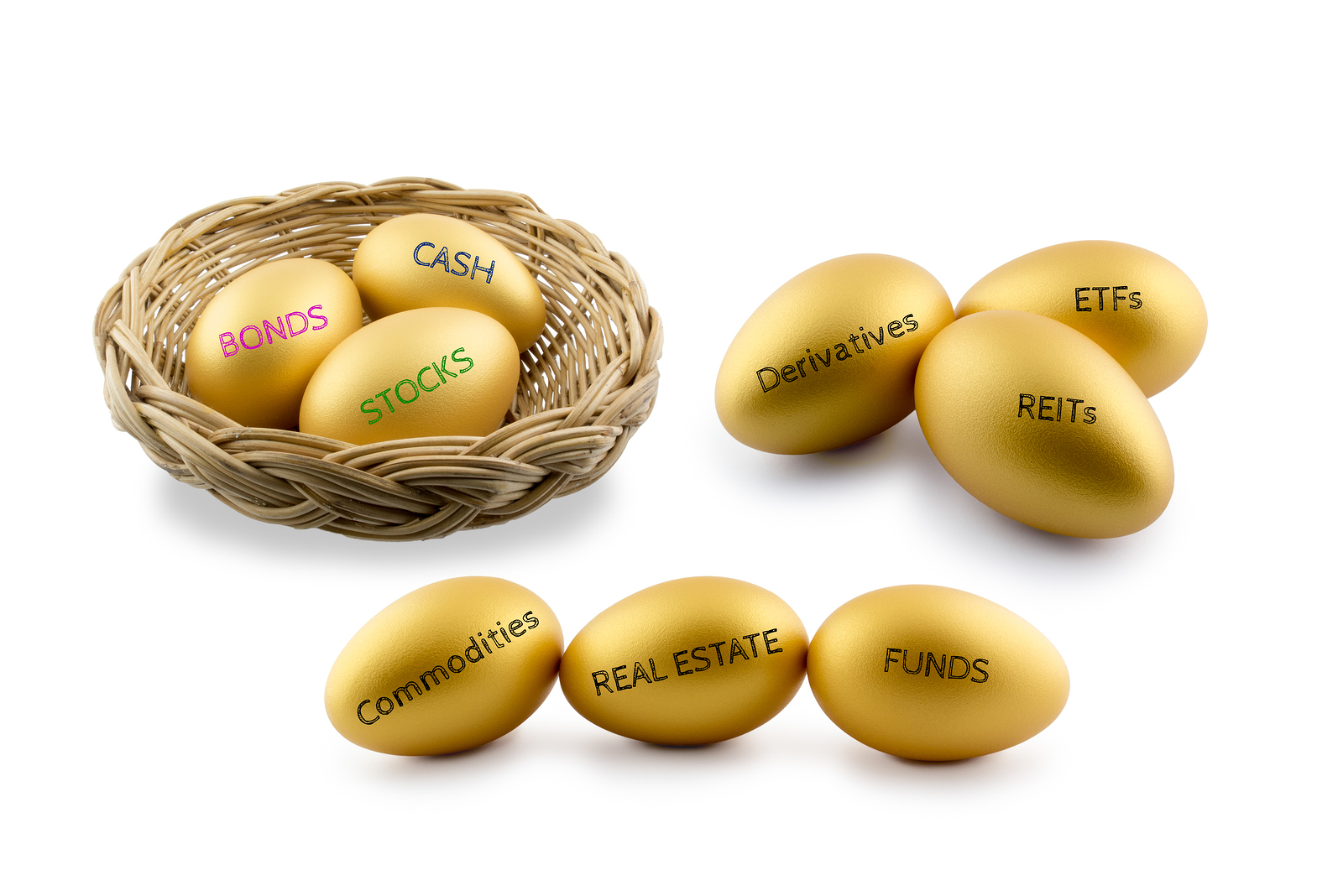Diversification: What Does It Mean and How to Do It
You’ve probably been advised to diversify your portfolio. But what exactly does that mean?
In financial terms, diversifying means not putting all your eggs in one basket.
It is achieved by constructing a portfolio with a wide variety of investments rather than a single one. Such an approach protects you from risk as high-performing investments buffer you from weaker ones during periods of market volatility.
But how do you determine which type of asset to invest in and how much to allocate to each?
First, establish your needs, goals and timeline.
For example: if you are nearing retirement, a conservative investment plan would be most sensible. A young worker, on the other hand, is most likely to benefit from an aggressive approach; he has plenty of time to recover from economic downturns. He is also not currently relying on any income from his investments to support him.
Next, make sure that your portfolio includes a mix of these three asset classes:
- Equities, which are primarily stocks;
- Fixed income via diverse bonds; and
- Cash.
Finally, determine how much to allocate to each based on whether you are a conservative, moderate or aggressive investor.
The following three samples of diversified portfolios provide a framework for each:
- A CONSERVATIVE PLAN: ideal for the investor who primarily wants steady income and stability, not growth. This person is older, retired or soon-to-be, and needs his investments to start supporting him now and throughout his golden years. His plan should include:
- 10% equities. This asset class delivers the highest return but with the greatest risk. It includes mainly dividend-paying stocks.
- 60% fixed income. This would include a variety of domestic and international bonds. Risk varies though these assets are generally considered safe, reliable and not as vulnerable to market volatility.
- 30% cash. This would include cash and any equivalents such as CDs and money-market funds.
- A MODERATE PLAN: ideal for a middle-aged couple with college-bound teenagers. Income for retirement continues to accrue, but there is less time to recoup from market fluctuations. Risk should be somewhat restrained.
- 45% equities. This should include a mix of American and foreign stocks from varying-sized companies.
- 45% fixed income. This would be comprised of a mix of high-yield, international and emerging market bonds, and core bonds.
- 5% cash.
- 5% commodities. This asset class is not recommended for conservative investors as it is too risky. But for moderate investors, it provides some protection from inflation. It includes investments in energy, agriculture and metals.
- AN AGGRESSIVE PLAN: ideal for millennials and other young people who do not need any income now from their investments and want high-growth opportunities. They are long-term investors who can weather significant market shifts.
- 67% equities. With significant growth as the goal, high-risk stocks from abroad, emerging markets, and the US are recommended.
- 18% fixed income. Bonds offer security and stability to a high-risk portfolio.
- 10% commodities. Worth the risk for aggressive investors.
- 5% cash.
It is strongly advisable to revisit your portfolio annually to ensure that your asset allocation remains balanced. By doing so, you will maximize your investments while managing your changing needs. You will also be better able to handle stressful market drops as you will already have a personal plan that accounts for such volatility.
At Silverman Financial, we devise customized plans based on our clients’ unique needs. We also examine costs and manage expenses to help you maximize your investments and attain financial security.
CONTACT US NOW FOR A FREE CONSULTATION




